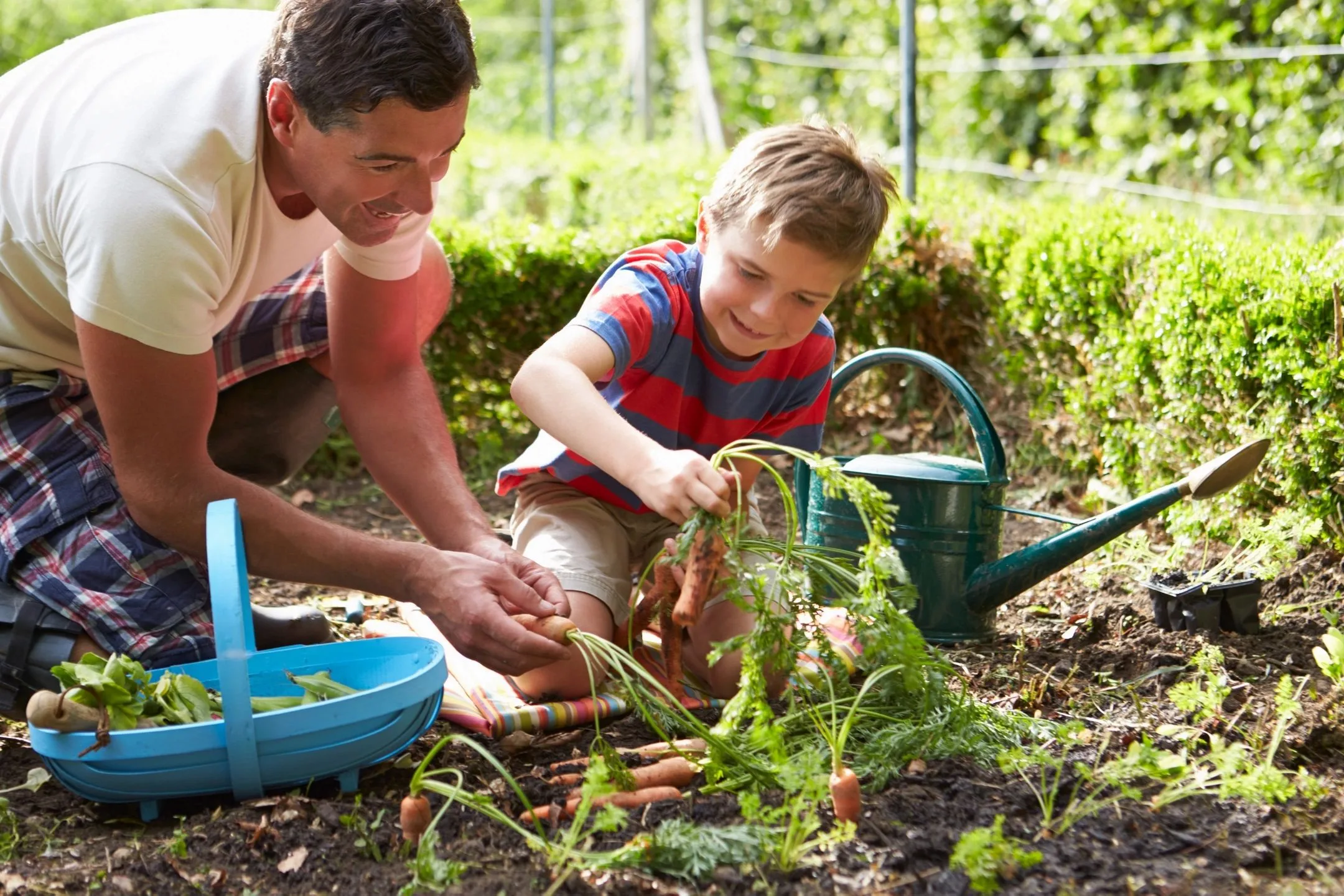1. Plan Your Garden
Before you start planting, take some time to plan your garden:
- Choose the Right Location: Select a spot that receives at least 6-8 hours of sunlight daily. Most vegetables and flowers need ample sunlight to thrive.
- Decide What to Grow: Consider your climate, soil type, and personal preferences. Beginners might start with easy-to-grow vegetables like tomatoes, lettuce, and herbs.
- Sketch Your Layout: Map out where each plant will go. This can help you organize space efficiently and ensure plants with similar needs are grouped together.
2. Prepare Your Soil
Good soil is the foundation of a healthy garden:
- Test Your Soil: Use a soil test kit to determine its pH and nutrient levels. Adjust as needed with compost, lime, or sulfur.
- Enrich with Compost: Adding organic matter like compost improves soil structure, drainage, and fertility. Learn more about composting from the EPA’s guide on composting at home.
Essential Gardening Tips
3. Start with Quality Seeds and Plants
Investing in quality seeds and plants can make a significant difference in your garden’s success:
- Buy from Reputable Sources: Choose seeds and plants from trusted nurseries or online stores like Burpee or Johnny’s Selected Seeds.
- Consider Heirlooms and Hybrids: Heirloom varieties offer unique flavors and colors, while hybrids are often bred for disease resistance and high yields.
4. Water Wisely
Proper watering is crucial for plant health:
- Water Deeply and Infrequently: Deep watering encourages roots to grow deeper. Watering less frequently but thoroughly is better than shallow, frequent watering.
- Use Mulch: Mulching helps retain soil moisture, suppresses weeds, and adds organic matter to the soil as it decomposes. Gardener’s Supply Company offers a comprehensive guide on mulching.
5. Implement Pest Control
Keep pests at bay with these eco-friendly strategies:
- Attract Beneficial Insects: Ladybugs, bees, and other beneficial insects can help control pests. Planting flowers like marigolds and sunflowers can attract these helpful bugs.
- Use Natural Remedies: Neem oil, insecticidal soap, and diatomaceous earth are effective against common garden pests. The Old Farmer’s Almanac has tips on natural pest control methods.
Advanced Gardening Techniques
6. Practice Crop Rotation
Rotating crops each season prevents soil depletion and reduces pest and disease buildup:
- Change Plant Families: Avoid planting the same family of crops in the same spot year after year. For example, follow tomatoes (nightshades) with beans (legumes) to replenish nitrogen in the soil.
7. Try Container Gardening
If space is limited, container gardening is a great alternative:
- Choose the Right Containers: Use pots with good drainage and of adequate size for the plants you intend to grow. HGTV offers creative container gardening ideas.
- Use Quality Potting Mix: A high-quality potting mix provides the right balance of nutrients, aeration, and drainage.
8. Incorporate Companion Planting
Companion planting involves growing certain plants together for mutual benefits:
- Pair Compatible Plants: For instance, basil and tomatoes are great companions; basil can repel pests that affect tomatoes. Mother Earth News has a detailed companion planting guide.
Helpful Resources
- Garden.org: A comprehensive resource for gardening tips, plant care, and community advice.
- The Spruce: Offers a wealth of information on all aspects of gardening, from beginners’ guides to advanced techniques.
- YouTube Channels**: Channels like Epic Gardening and California Gardening provide visual tutorials and tips.
Conclusion
Home gardening can be a rewarding and sustainable way to enjoy fresh produce and beautiful flowers. By planning carefully, using quality materials, and employing smart gardening techniques, you can create a thriving garden even in limited spaces. Happy gardening!
For more inspiration and tips, check out the National Gardening Association and American Horticultural Society.

Leave a Reply
You must be logged in to post a comment.